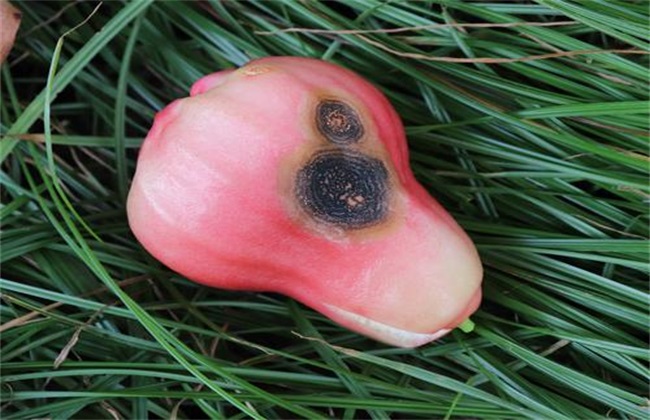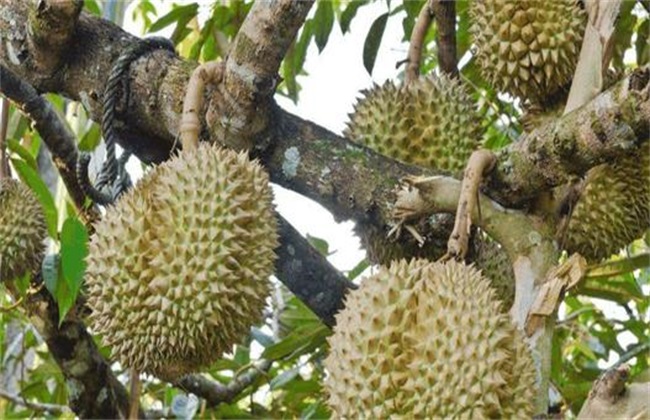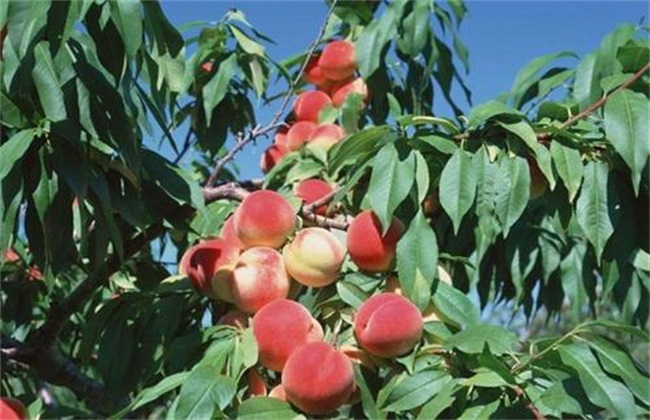Prevention and control of lotus plant diseases and insect pests
The lotus fog itself has a special smell, which is easy to attract some insects, thus causing diseases. Secondly, the pericarp of lotus flower is very thin, its defense ability against some diseases is poor, and it is very easy to be eroded by diseases. So what are the diseases and insect pests of lotus flower? Let's learn more about it.

1. Anthrax
Anthracnose is encountered by many fruit trees, and lotus fog is no exception. When the disease occurs and does great harm to the fruit, it generally starts from the top of the fruit and spreads around. First, there are some brown spots, along with the disease and the brown spots on the top of the fruit go deep into the fruit, causing the fruit to rot. When the leaves appear, the brown spots also spread, and the leaves slowly dry up. You can spray with a 600-fold solution of 80% mancozeb wettable powder, or a 600-fold spray of 50% methyl topiramate wettable powder, and follow the instructions.
2. Fruit rot
When the disease occurs, there will be some water-like spots on the lotus fog, which can be divided into brown and purple. As time goes by, the whole fruit looks like it has withered, and the whole fruit has changed color. Amisida 1500 times liquid, Baitai 1500 times liquid spray and so on can be regarded as agents for lotus fruit rot, but try not to use them 2 weeks before harvest, and use the recommended dosage, especially in terms of concentration.
3. Drosophila orientalis
Oriental fruit flies are mainly attracted by the fragrance of lotus mist, which basically only harms the fruit. Generally, the mother lays eggs on the lotus mist, which is used as a hatching base, and the larvae begin to absorb the nutrition of lotus mist after birth. Oriental fruit fly larvae will climb into the lotus fog to get more nutrients, so when oriental fruit fly pests appear, many lotus flowers will have wormholes and rot. This can be treated with drugs such as 25% marathon wettable powder, or you can choose to place insect traps around to reduce the risk of the disease.
4. Thrips
Insects such as thrips do little harm to the fruit, but pose a greater threat to the leaves and flowers of the lotus tree, resulting in the fruit from ripening normally. The harm to leaves is to absorb nutrients, causing leaves to keep falling, and for flowers to destroy their internal structure, resulting in a variety of deformities or defects in the fruit. Things like beta-cyhalothrin and deltamethrin can be considered, but it's best to use them as directed by your doctor, because it's harmful.
5. Green leafhopper
Green leafhopper is a disease encountered by all kinds of fruit trees, and their biggest threat is to hinder the growth of new branches of fruit trees. The green leafhopper is very particular about its habitat, only pursuing fresh branches and leaves, so the inspection of the green leafhopper should pay more attention to these places. After the occurrence of this pest, there is something wrong with the new branches and leaves, which often bend or curl up. You can open these leaves to see if there is anything abnormal. This can be considered under 50% parathion 2000 times solution, the effect is OK.
These are some of the common diseases and insect pests and control methods of lotus fog. If you find out the diseases and insect pests, you can first find out which kind of pest it is and prescribe the right medicine to the case.
Related
- Moge, come on! The staff of the peasant association in the producing area of cantaloupe were frightened when the crowd gathered.
- Causes and Solutions of low Fruit setting rate of Apple
- Symptoms and control measures of passion fruit virus disease
- Fruit growing lesson: how do apple orchards keep high yields?
- Can you build orchards in the mountains? What are the pros and cons?
- How to manage the coloring period of Crisson grape?
- This paper introduces the processing technology of two kinds of fig products.
- How much is a month for retired teachers in rural areas by 2020?
- How can strawberry planting increase sugar content? We should pay attention to management in many aspects.
- What are the cultivation techniques on how to improve the yield of golden fruit?



